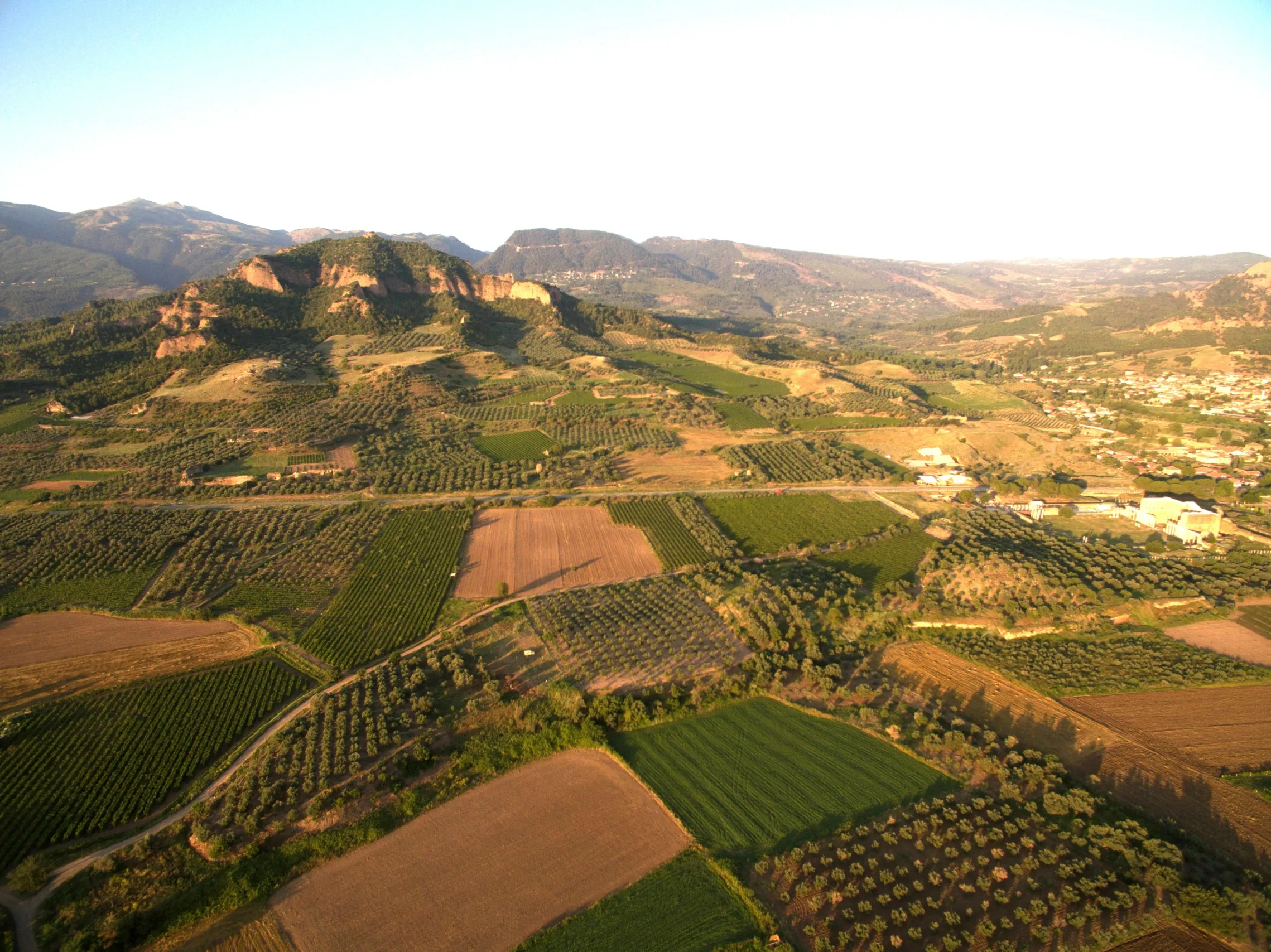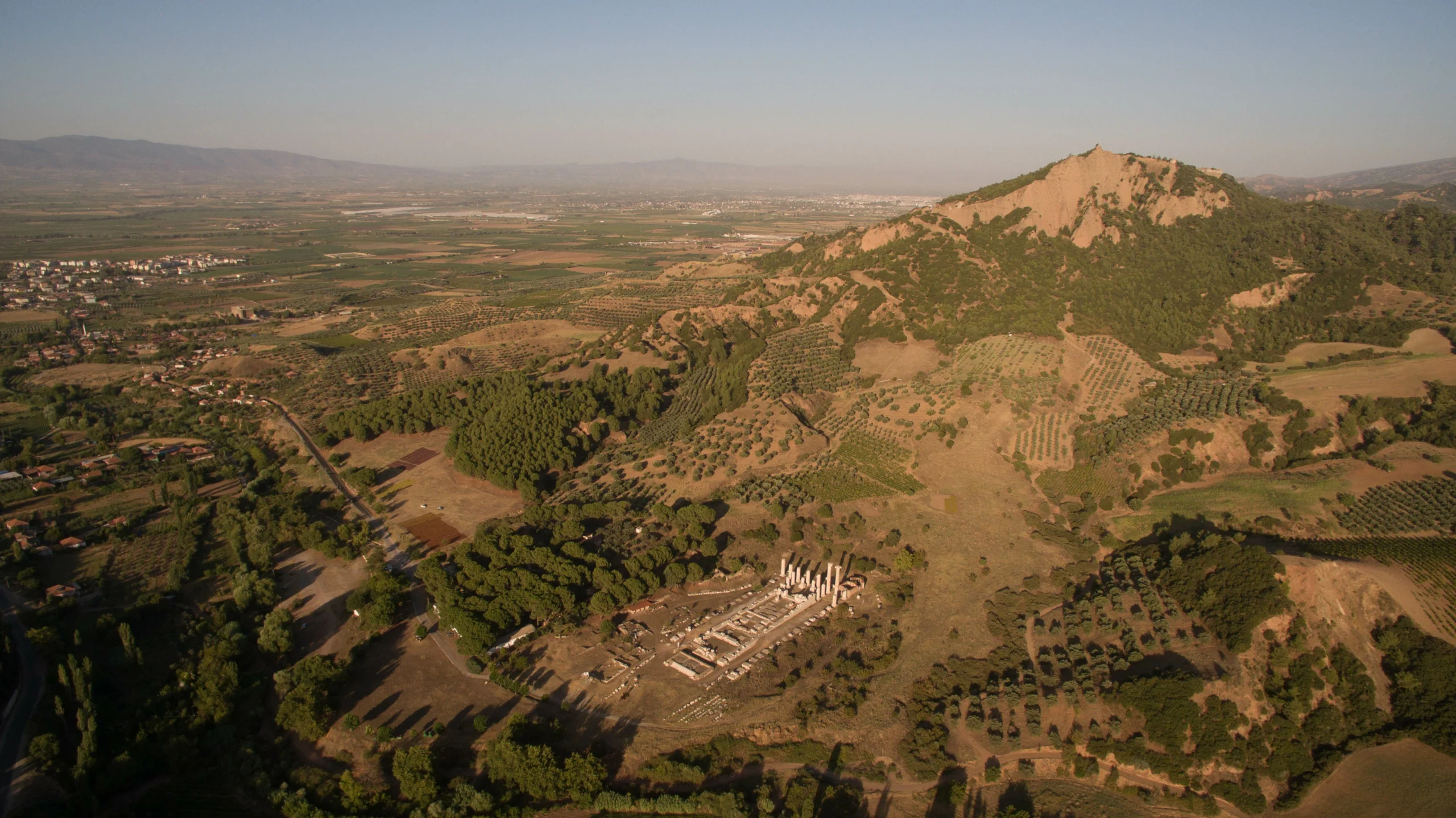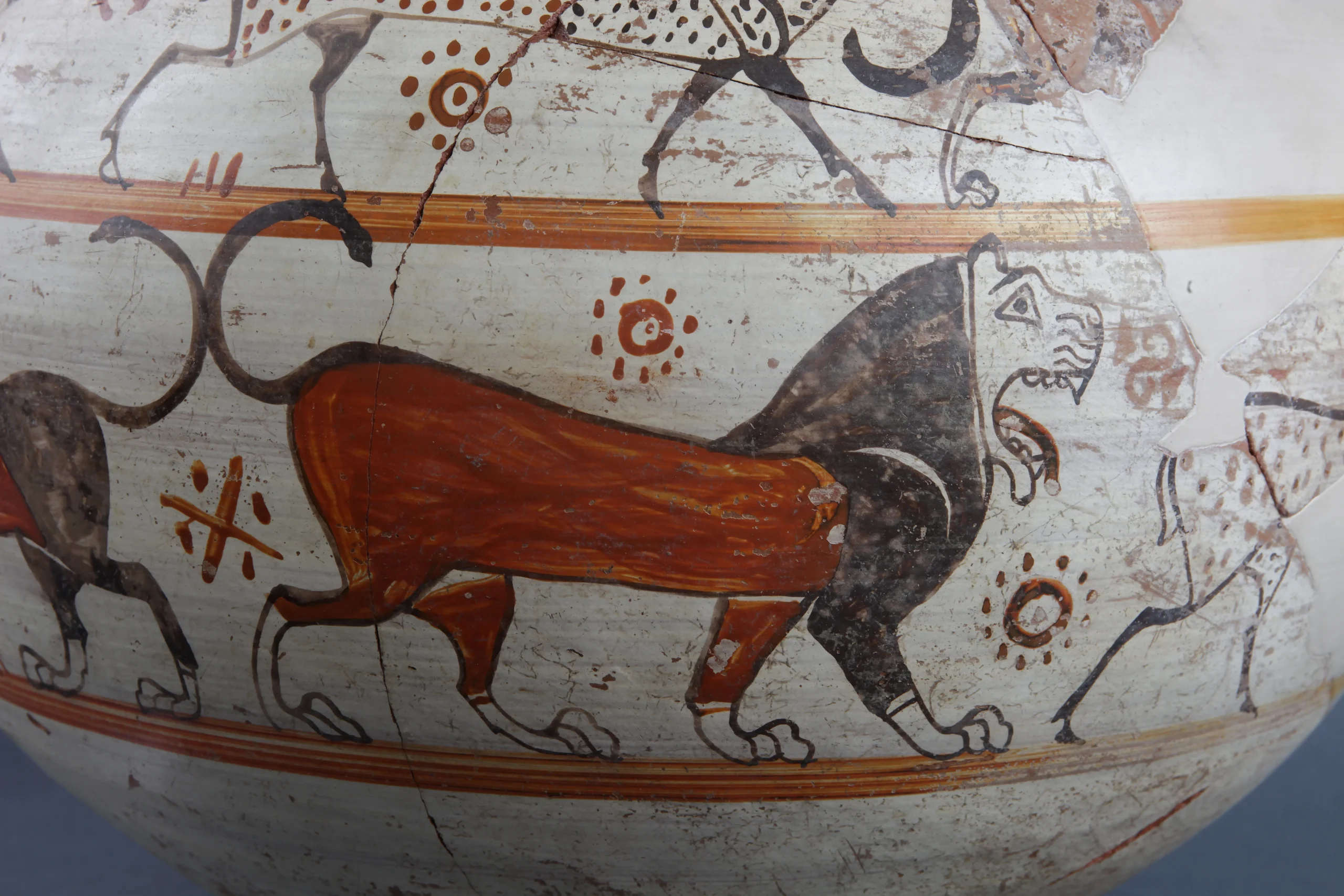
Türkiye continues to lead national initiatives and foster international partnerships for the protection and sustainability of its cultural heritage. During the 47th session of the World Heritage Committee held in Paris, France, from 6 to 16 July 2025, Sardis and Lydian Tumuli of Bintepe, listed on UNESCO’s Tentative List since 2013, were officially inscribed on the UNESCO World Heritage List. The number of sites from Türkiye on the UNESCO World Heritage List has reached 22 , with the inscription of this site in the western province of Manisa.
Sardis, once the capital of the Lydians, a powerful Iron Age civilisation renowned for its wealth and early coinage production, stands as a testament to Anatolia’s rich past. Nearby Bin Tepe, its royal necropolis, features some of the largest tumulus tombs in the world. The site was recognised under UNESCO’s Criterion (iii) for its outstanding archaeological and architectural evidence reflecting the unique native culture of the Lydian civilisation in Anatolia. With this latest addition, Türkiye further strengthens its position on the UNESCO World Heritage List and continues to elevate its rich historical values to global recognition under the umbrella of universal heritage.

Heritage of the Lydian Capital
Sardis, whose history dates back to the 5th century BCE, made its mark on history as the capital of the Lydian Kingdom during the 6th century BCE. The Lydians were Anatolian people who developed a distinct language and religious system and introduced the first gold and silver coins, initiating a major shift in the evolution of monetary systems. The Sart Çayı, once known as the river Pactolus, enriched Sardis and its surroundings with gold deposits that became the source of the immense wealth of King Croesus (Kroisos/Karun). Legend has it that Phrygian King Midas washed away his golden touch in the waters of the Pactolus.
According to UNESCO, “Sardis had a unique urban structure with fortified walls, terraces, and distinct zones, including settlements, sanctuaries, and cemeteries.” While the ancient city stands out with its architectural texture and cultural legacy, the Lydian Tumuli of Bin Tepe, is considered one of the largest ancient necropolises in the world, containing more than 119 burial mounds spread over approximately 7,500 hectares.

After the fall of the Lydian Kingdom in the 6th century BCE, Sardis remained significant under Persian, Greek, Roman, and Eastern Roman rule. Today, the site features remarkably well-preserved Roman structures, including the bath-gymnasium complex, the acropolis, and the Temple of Artemis. The ancient city of Sardis also stands out for its religious significance. It houses the largest known synagogue of the ancient world and one of the Seven Churches of Revelation in Western Anatolia. These churches, among the most important religious routes in Türkiye for Christians, are sacred not only for their role in the spread of early Christianity but also because, according to the Book of Revelation, they received letters from Saint John calling them to spiritual renewal. In the letter to the Church of Sardis, the community was criticised for having the appearance of being “alive” while spiritually dead.
Archaeological excavations and interdisciplinary conservation efforts are ongoing at the ancient city of Sardis and the Lydian Tumuli of Bin Tepe, under the direction of the Sardis Excavation Directorate. These works are part of Türkiye’s broader archaeological vision, which prioritises the preservation and sustainable management of its rich cultural heritage. With the Night Museum Project, continuing this summer, 27 sites across Türkiye, including Sardis, will stay open late into the night, welcoming visitors to explore the country's rich cultural heritage under the stars.





















